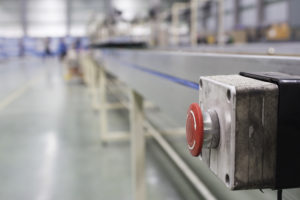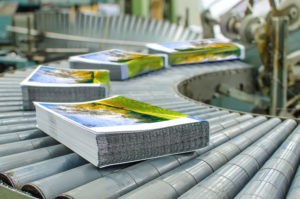If keeping your production line running is critical to your profitability, a reliability centered maintenance plan can help you prioritize your maintenance schedule to prevent system failures. And that’s what sets a reliability centered maintenance (RCM) plan apart. It’s designed to protect system operations — rather than be focused on sustaining individual assets.
System function is the primary RCM objective. The other core RCM components are identifying failure modes endangering system operations, prioritizing those modes, and applying effective controls to prevent those failure modes.
The framework enables planning for minimal downtime to maintain your manufacturing equipment while preventing catastrophes and uncertainty. But setting up an RCM plan is easier said than done. The following tips can help you develop your RCM to avoid costly downtime:
Define asset failure.
 To ensure system function, it’s also important to define how the system does not function. When a production asset is no longer capable of meeting its expected performance level, it has achieved a state of failure.
To ensure system function, it’s also important to define how the system does not function. When a production asset is no longer capable of meeting its expected performance level, it has achieved a state of failure.
This may occur not only when the asset has completely shut down but also when it continues functioning below desired standards.
Find failure causes.
Record everything happening at the moment of failure: room temperature, motor speed, material processed, continuous usage hours, and any other operator or environmental condition that may have played a part.
These details are significant and can tell you a lot about the circumstances leading up to the failure as well as how you can prevent future occurrences.
Most failures are products of wear and tear or anticipated deterioration. Human errors, design flaws, and manufacturing flaws are also possible failure causes.
Prevent future issues.
 Prevention strategies are typically predicated on proactive maintenance designed to ensure long-term operability. Using your RCM plan, organize prevention strategies into three groups: scheduled restoration tasks, scheduled discard tasks, and scheduled on-condition tasks.
Prevention strategies are typically predicated on proactive maintenance designed to ensure long-term operability. Using your RCM plan, organize prevention strategies into three groups: scheduled restoration tasks, scheduled discard tasks, and scheduled on-condition tasks.
The first two are classic preventive maintenance forms. The third is increasingly used as newer equipment shows potential failure signs. It allows for those assets to remain in service as long as they remain within performance parameters.
Prioritize.
This step can be as simple as identifying which machine assets are mission-critical and which aren’t. Begin your detailed record-keeping on the machinery most vital to your production line continuation.
According to the 2011 Department of Defense Manual, well-executed RCM can help “… enhance safety, reduce costs, improve availability, increase maintenance efficiency, improve environmental integrity, and achieve longer useful life …” And, as you know, your company profits increase when your production line operates effectively.
